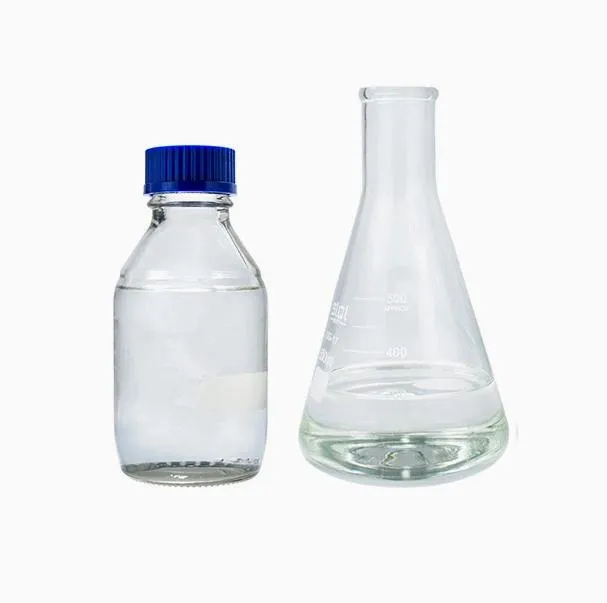Warning: Undefined array key "title" in /home/www/wwwroot/HTML/www.exportstart.com/wp-content/themes/1198/header.php on line 6
Warning: Undefined array key "file" in /home/www/wwwroot/HTML/www.exportstart.com/wp-content/themes/1198/header.php on line 7
Warning: Undefined array key "title" in /home/www/wwwroot/HTML/www.exportstart.com/wp-content/themes/1198/header.php on line 7
Warning: Undefined array key "title" in /home/www/wwwroot/HTML/www.exportstart.com/wp-content/themes/1198/header.php on line 7
Hebei Yize Trade Center Co., LTD.!
- Afrikaans
- Albanian
- Amharic
- Arabic
- Armenian
- Azerbaijani
- Basque
- Belarusian
- Bengali
- Bosnian
- Bulgarian
- Catalan
- Cebuano
- China
- China (Taiwan)
- Corsican
- Croatian
- Czech
- Danish
- Dutch
- English
- Esperanto
- Estonian
- Finnish
- French
- Frisian
- Galician
- Georgian
- German
- Greek
- Gujarati
- Haitian Creole
- hausa
- hawaiian
- Hebrew
- Hindi
- Miao
- Hungarian
- Icelandic
- igbo
- Indonesian
- irish
- Italian
- Japanese
- Javanese
- Kannada
- kazakh
- Khmer
- Rwandese
- Korean
- Kurdish
- Kyrgyz
- Lao
- Latin
- Latvian
- Lithuanian
- Luxembourgish
- Macedonian
- Malgashi
- Malay
- Malayalam
- Maltese
- Maori
- Marathi
- Mongolian
- Myanmar
- Nepali
- Norwegian
- Norwegian
- Occitan
- Pashto
- Persian
- Polish
- Portuguese
- Punjabi
- Romanian
- Russian
- Samoan
- Scottish Gaelic
- Serbian
- Sesotho
- Shona
- Sindhi
- Sinhala
- Slovak
- Slovenian
- Somali
- Spanish
- Sundanese
- Swahili
- Swedish
- Tagalog
- Tajik
- Tamil
- Tatar
- Telugu
- Thai
- Turkish
- Turkmen
- Ukrainian
- Urdu
- Uighur
- Uzbek
- Vietnamese
- Welsh
- Bantu
- Yiddish
- Yoruba
- Zulu
Jan . 14, 2025 12:02 Back to list
Chromic Acid CAS 7738-94-5
Chromic acid, a versatile and indispensable industrial reagent, is crucial for various sectors, including electroplating, wood preservation, and as an intermediate in chromium-based chemical production. Understanding the price fluctuations of chromic acid not only aids industries in budgeting and cost management but also reflects broader market trends influenced by supply chain dynamics, regulatory changes, and geopolitical factors.
Expertise in market analysis also highlights currency exchange rates as a subtle yet significant factor in price determination. As an internationally traded commodity, chromic acid is subject to the dynamics of forex markets. Manufacturers exporting from countries with depreciating currencies may experience lower operational costs, thus offering competitive pricing in the global markets. Conversely, countries experiencing currency appreciation find their exports less competitive due to increased costs, thus impacting global pricing trends. The digital transformation wave has introduced new dimensions to pricing strategies, with online platforms playing a pivotal role. Digital marketplaces and ecommerce platforms offer real-time pricing data and trend analysis, enabling buyers to make informed decisions. These platforms often provide insights and reviews that enhance trustworthiness and transparency in transactions, bridging knowledge gaps for buyers unfamiliar with industry nuances. In conclusion, the pricing of chromic acid is influenced by a complex interplay of supply chain dynamics, environmental compliance costs, industrial demand fluctuations, currency exchange rates, and the growing role of digital commerce. Expertise in these areas provides companies with strategic insights to navigate the market effectively. By leveraging authoritative knowledge and fostering trust through transparent business practices, industry players not only gain a competitive advantage but also contribute to a more informed and resilient market ecosystem. Embracing these multifaceted influences ensures that stakeholders are better equipped to anticipate changes and optimize their operations in the ever-evolving chemical market landscape.


Expertise in market analysis also highlights currency exchange rates as a subtle yet significant factor in price determination. As an internationally traded commodity, chromic acid is subject to the dynamics of forex markets. Manufacturers exporting from countries with depreciating currencies may experience lower operational costs, thus offering competitive pricing in the global markets. Conversely, countries experiencing currency appreciation find their exports less competitive due to increased costs, thus impacting global pricing trends. The digital transformation wave has introduced new dimensions to pricing strategies, with online platforms playing a pivotal role. Digital marketplaces and ecommerce platforms offer real-time pricing data and trend analysis, enabling buyers to make informed decisions. These platforms often provide insights and reviews that enhance trustworthiness and transparency in transactions, bridging knowledge gaps for buyers unfamiliar with industry nuances. In conclusion, the pricing of chromic acid is influenced by a complex interplay of supply chain dynamics, environmental compliance costs, industrial demand fluctuations, currency exchange rates, and the growing role of digital commerce. Expertise in these areas provides companies with strategic insights to navigate the market effectively. By leveraging authoritative knowledge and fostering trust through transparent business practices, industry players not only gain a competitive advantage but also contribute to a more informed and resilient market ecosystem. Embracing these multifaceted influences ensures that stakeholders are better equipped to anticipate changes and optimize their operations in the ever-evolving chemical market landscape.
Latest news
-
Certifications for Vegetarian and Xanthan Gum Vegetarian
NewsJun.17,2025
-
Sustainability Trends Reshaping the SLES N70 Market
NewsJun.17,2025
-
Propylene Glycol Use in Vaccines: Balancing Function and Perception
NewsJun.17,2025
-
Petroleum Jelly in Skincare: Balancing Benefits and Backlash
NewsJun.17,2025
-
Energy Price Volatility and Ripple Effect on Caprolactam Markets
NewsJun.17,2025
-
Spectroscopic Techniques for Adipic Acid Molecular Weight
NewsJun.17,2025

